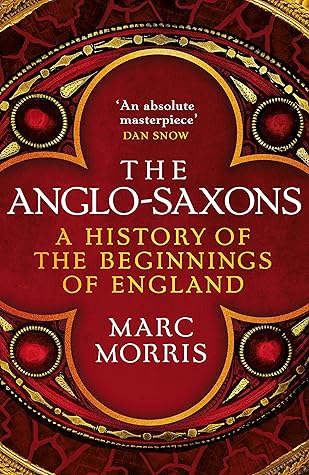More on this book
Community
Kindle Notes & Highlights
by
Marc Morris
Read between
August 4 - August 13, 2022
By any realistic assessment, the plan for a Norman succession was dead in the water.
But it is hard not to conclude from the description of the king’s activities that he was essentially a Godwine puppet after 1052, compliantly staying out of the way or doing as he was told. His wife, Edith, having returned from her humiliating banishment, clearly played a part in maintaining this control, stage-managing his public appearances.
Stigand was clearly an extreme case, held in contempt by some of his episcopal colleagues, but it is worth stressing that most people, spiritual and lay, had no problem with secular priests per se.
Led by the example of their self-confident Danish conquerors, the English were still pious, but no longer trapped in a vicious cycle of purges in pursuit of moral purity.
Harold rebuilt the church on a lavish scale and re-founded it as a college of secular canons, a new type of institution that was fashionable on the Continent. The priests there were pious and learned, but also practical, and could serve in his household as administrators and clerks if required.
After the return of the Godwine family, says the Life of King Edward, ‘the whole country settled down in peace and tranquillity’. The Confessor is compared to King Solomon, enjoying a reign of glory and abundance. ‘A golden age’, says the author, ‘shone for his English race.’


